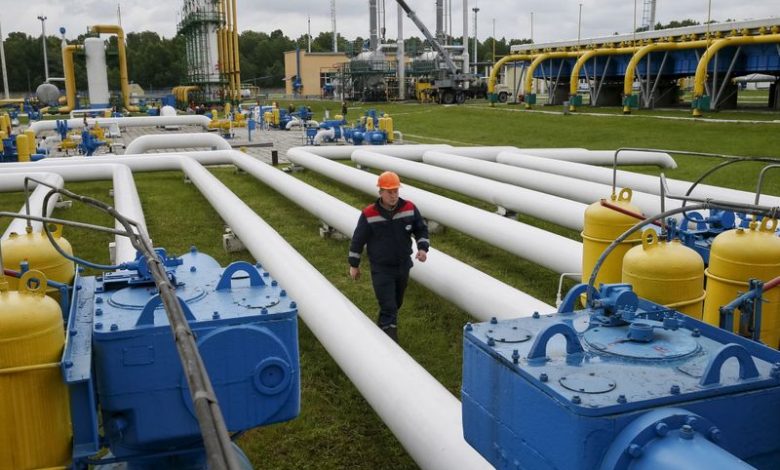
Europe, Asia Gas Buyers Transitioning to Long-Term Supplies to Combat Price Volatility – Reuters
By Florence Tan and Joyce Lee
DAEGU, South Korea – Natural gas purchasers in Asia and Europe are increasingly looking to secure supplies through long-term contracts as a safeguard against the unpredictable nature of global prices, according to industry executives. This shift marks a departure from the past decade’s trend of favoring short-term spot purchases.
Concerns over potential disruptions to Russian gas supplies in Europe, coupled with low inventory levels, have pushed the continent to import record amounts of spot liquefied natural gas (LNG). This surge in demand contributed to prices reaching unprecedented highs earlier this year and raised energy security issues among buyers worldwide.
A lack of significant investments over the years has resulted in a scarcity of new supplies. At the same time, risks associated with Russian gas supplies loom large, particularly as more countries have transitioned from coal to gas to meet climate goals. This shift began when LNG prices were at lower levels, making this transition feasible.
Peder Bjorland, vice president of natural gas marketing and trading at Equinor ASA, noted an increase in demand compared to two years ago, indicating a growing interest in long-term contracts as a means of ensuring energy security. He mentioned that European buyers are looking for pipeline and LNG supplies with a duration of five to ten years, while Asian markets are more inclined towards contracts lasting 15 to 20 years.
Negotiations between Qatar and Germany regarding term supplies have experienced challenges related to the duration of LNG contracts. European buyers may resort to intermediaries to facilitate the process, as pointed out by Anne Mai Hatlem, vice president of LNG at Equinor.
Hatlem remarked that the trend of European companies signing long-term deals could signify a more realistic understanding of the pace at which gas can be phased out of the market.
In terms of price fluctuations, Asian spot LNG prices have dropped approximately 50% from a peak in December, but they remain nearly three times higher than the levels observed in May 2021. Prices have surged due to tight global supplies, with European buyers increasingly shifting from Russian natural gas to LNG in the wake of the Ukraine conflict.
Industry executives warn that price volatility will likely persist amid uncertainties surrounding Russian gas supplies and variable weather conditions. While this unpredictability encourages buyers to secure supplies, it also presents challenges in negotiating agreements between sellers and buyers.
Kevin Gallagher, CEO of Santos Ltd., emphasized the high demand for LNG but noted the difficulties in agreeing on prices during periods of significant volatility. Buyers often perceive prices as unreasonably high, while sellers maintain that current rates are the market reality for now.
Long-term contracts employ various pricing benchmarks, with oil-indexation still favored in Asia. However, more regional markers are being utilized depending on the source of supplies to mitigate margin call risks. Hatlem highlighted that U.S. projects are beginning to offer TTF pricing, while more Asian companies are open to purchasing based on Henry Hub pricing, which represents Dutch wholesale prices and a U.S. price benchmark.
Despite these developments, many companies express concerns about securing adequate protection as they enter long-term agreements for the future.
 GOOGL
GOOGL  META
META 


